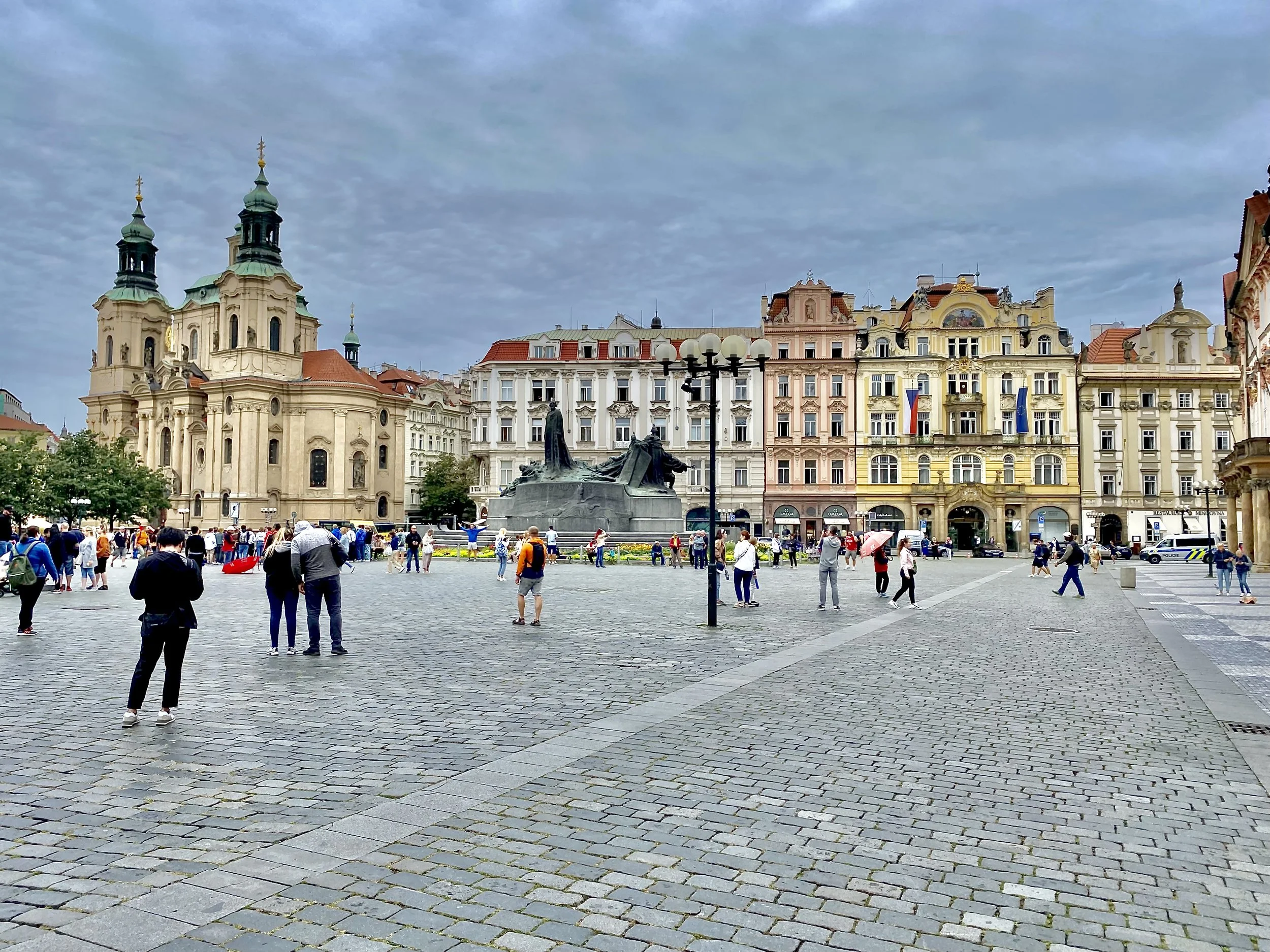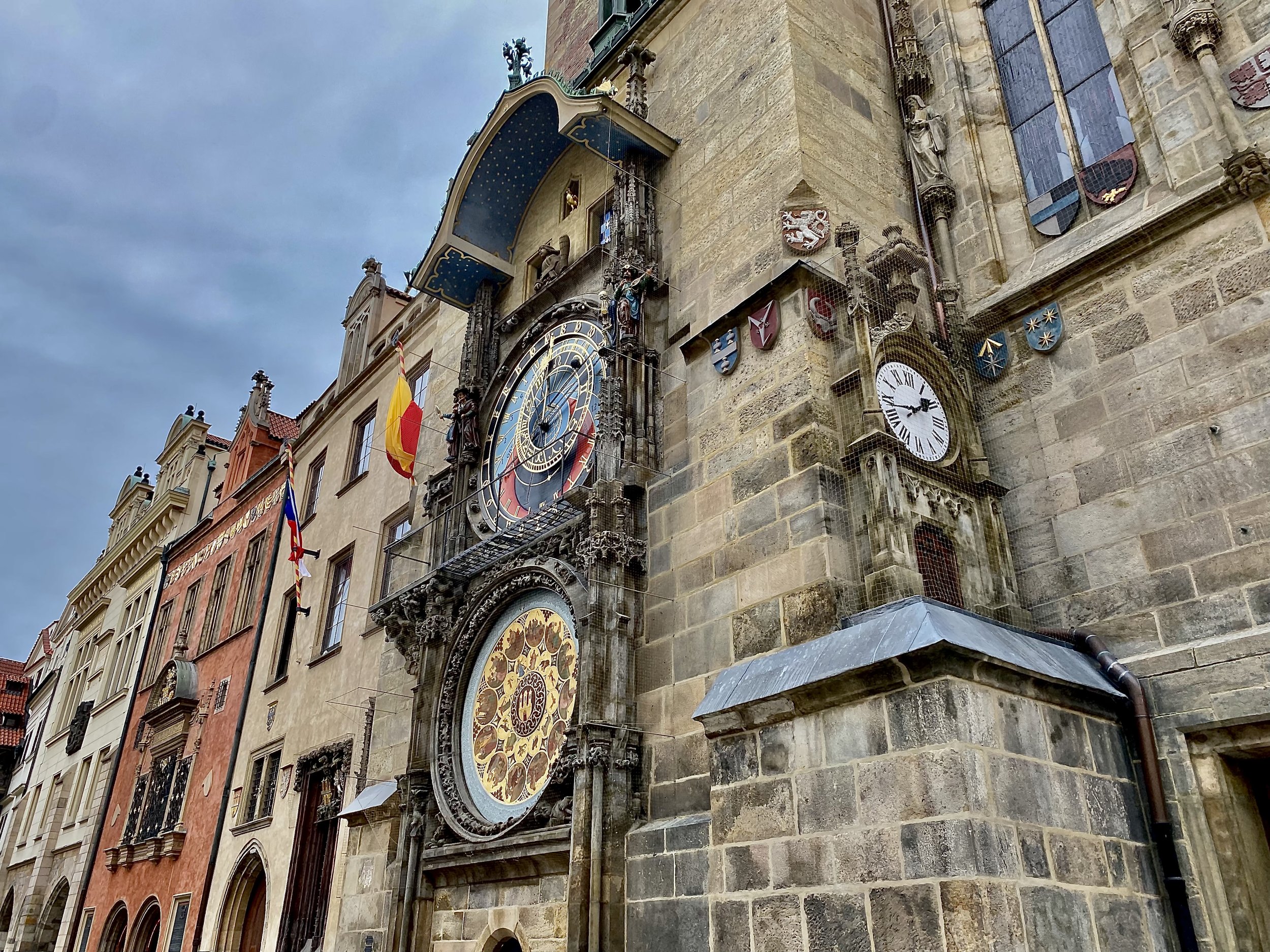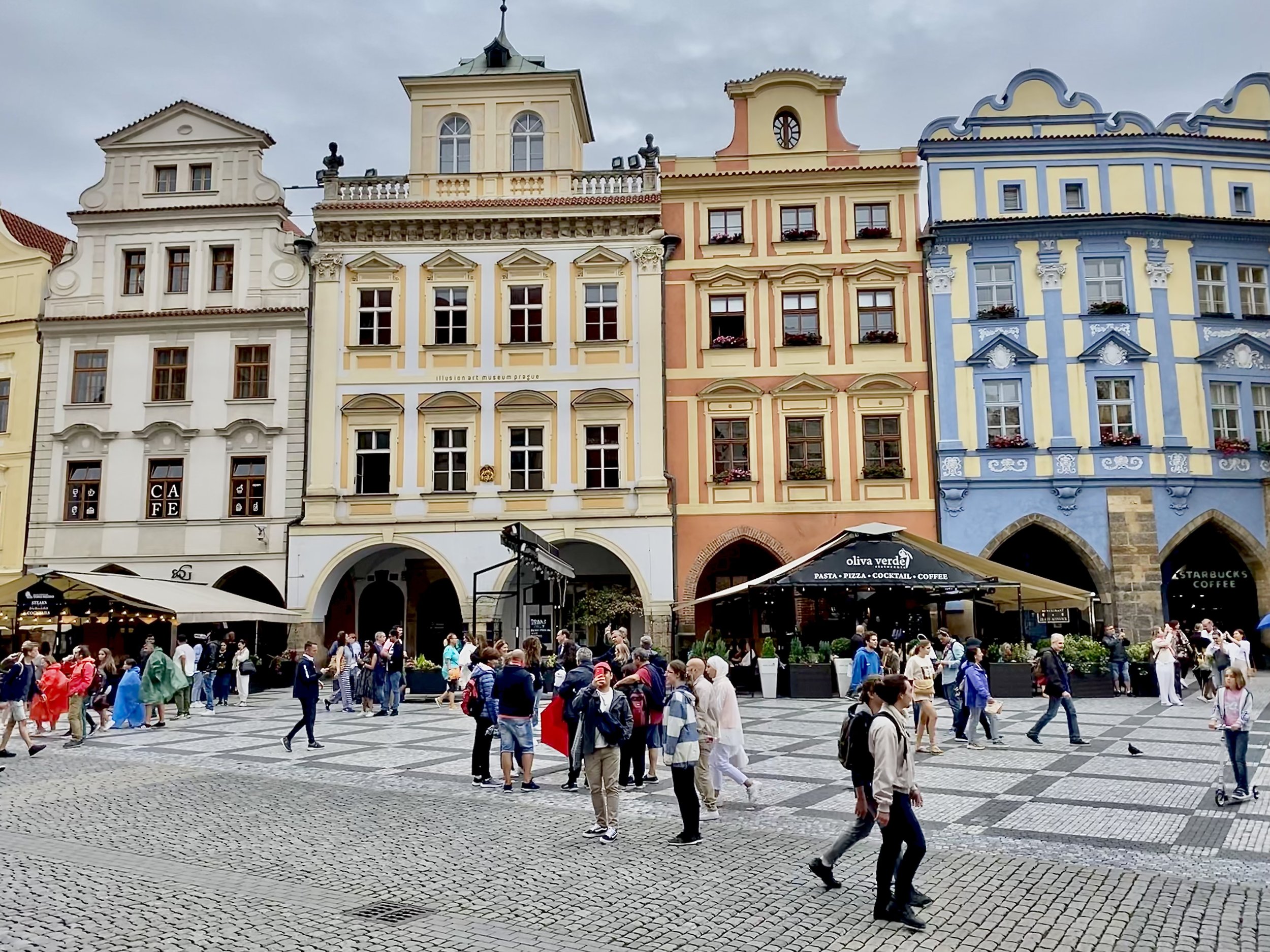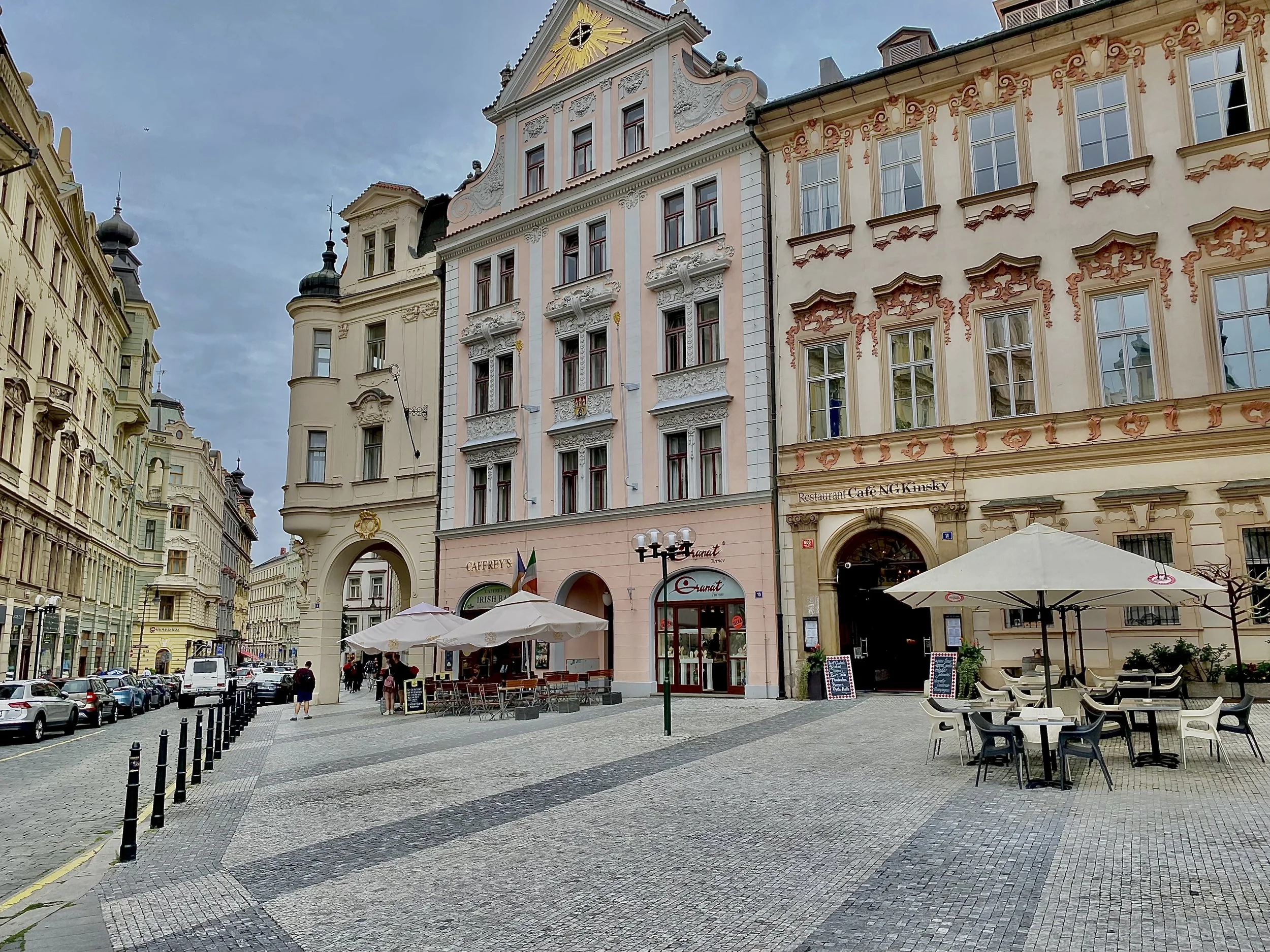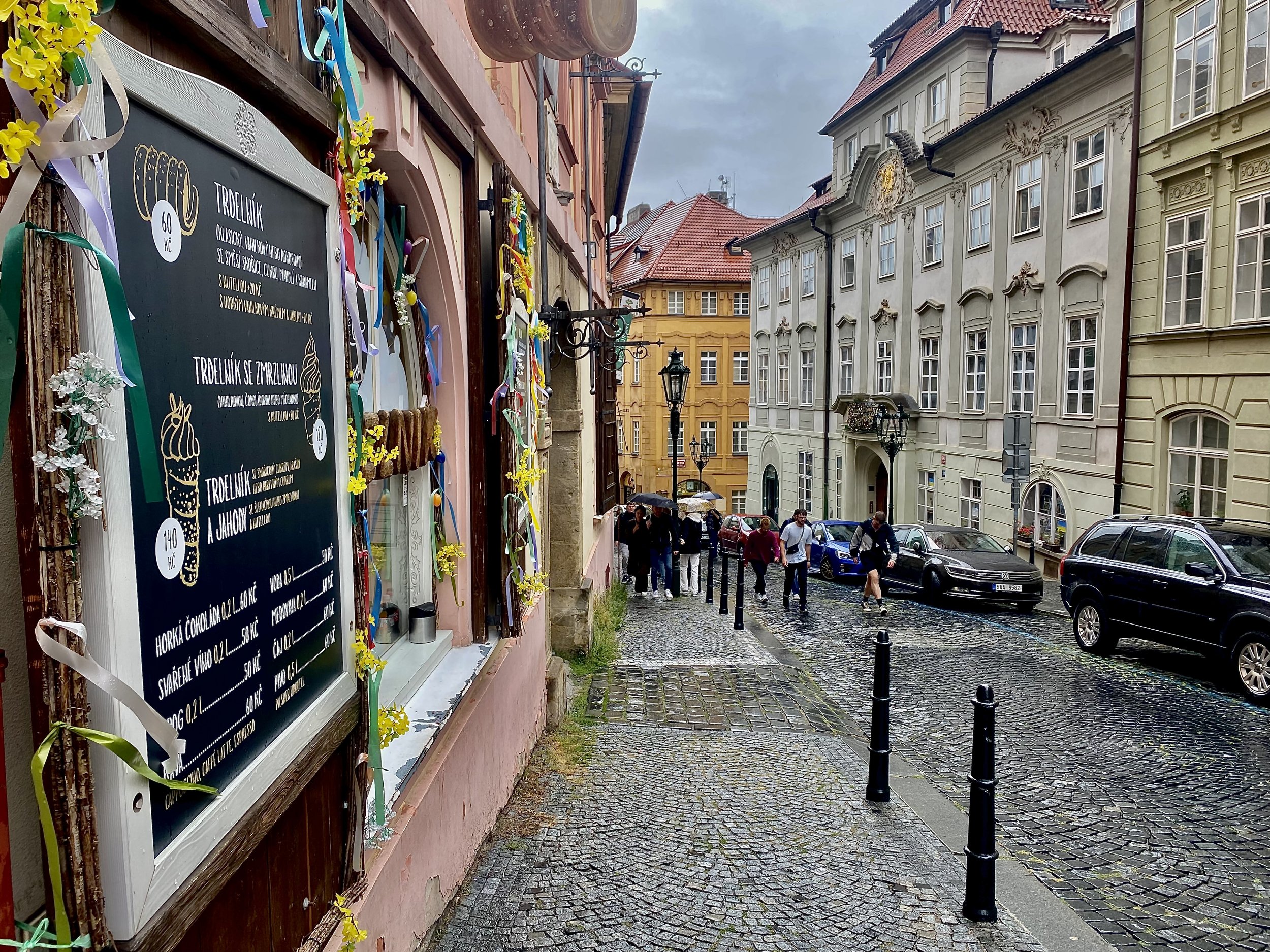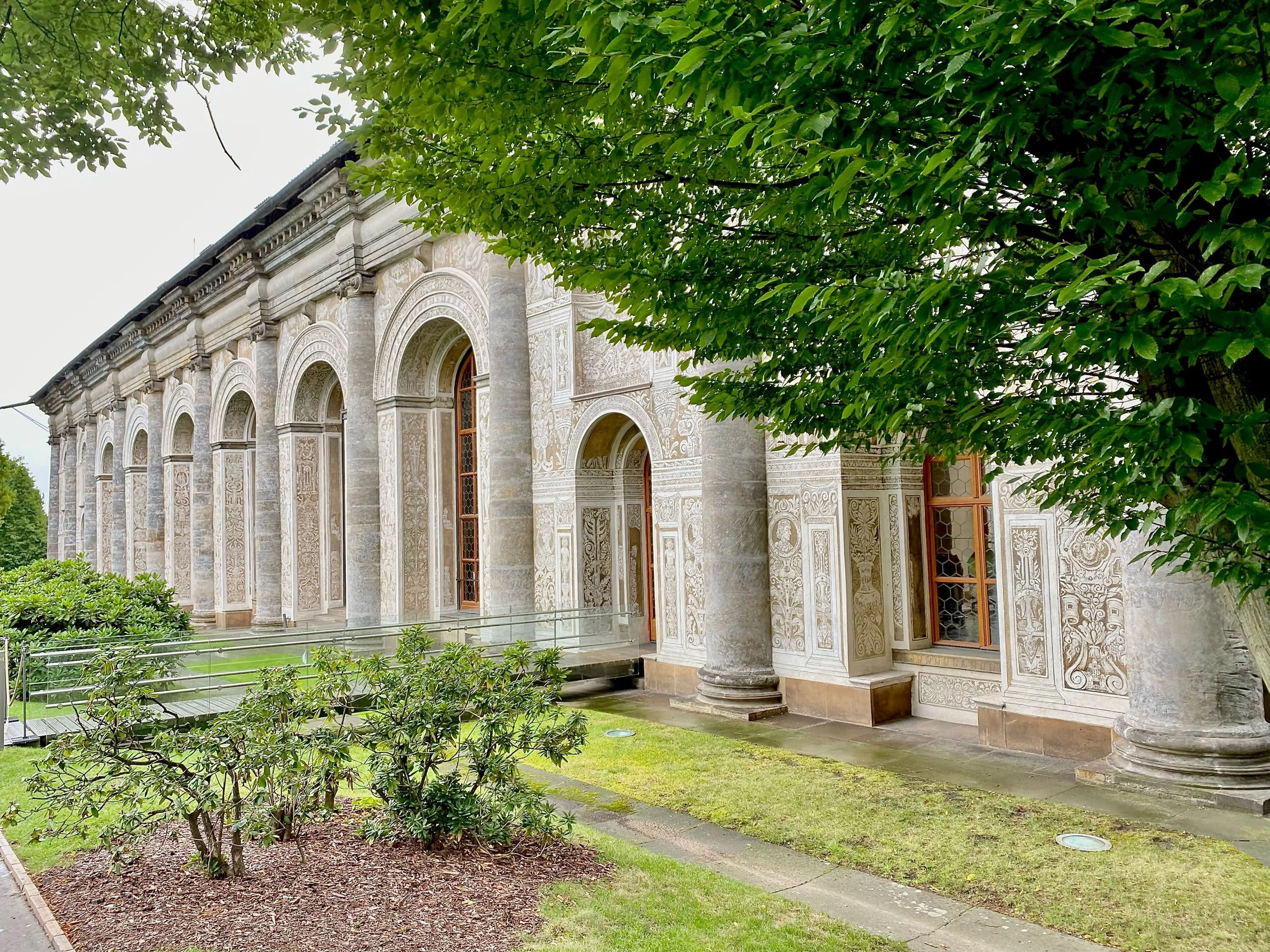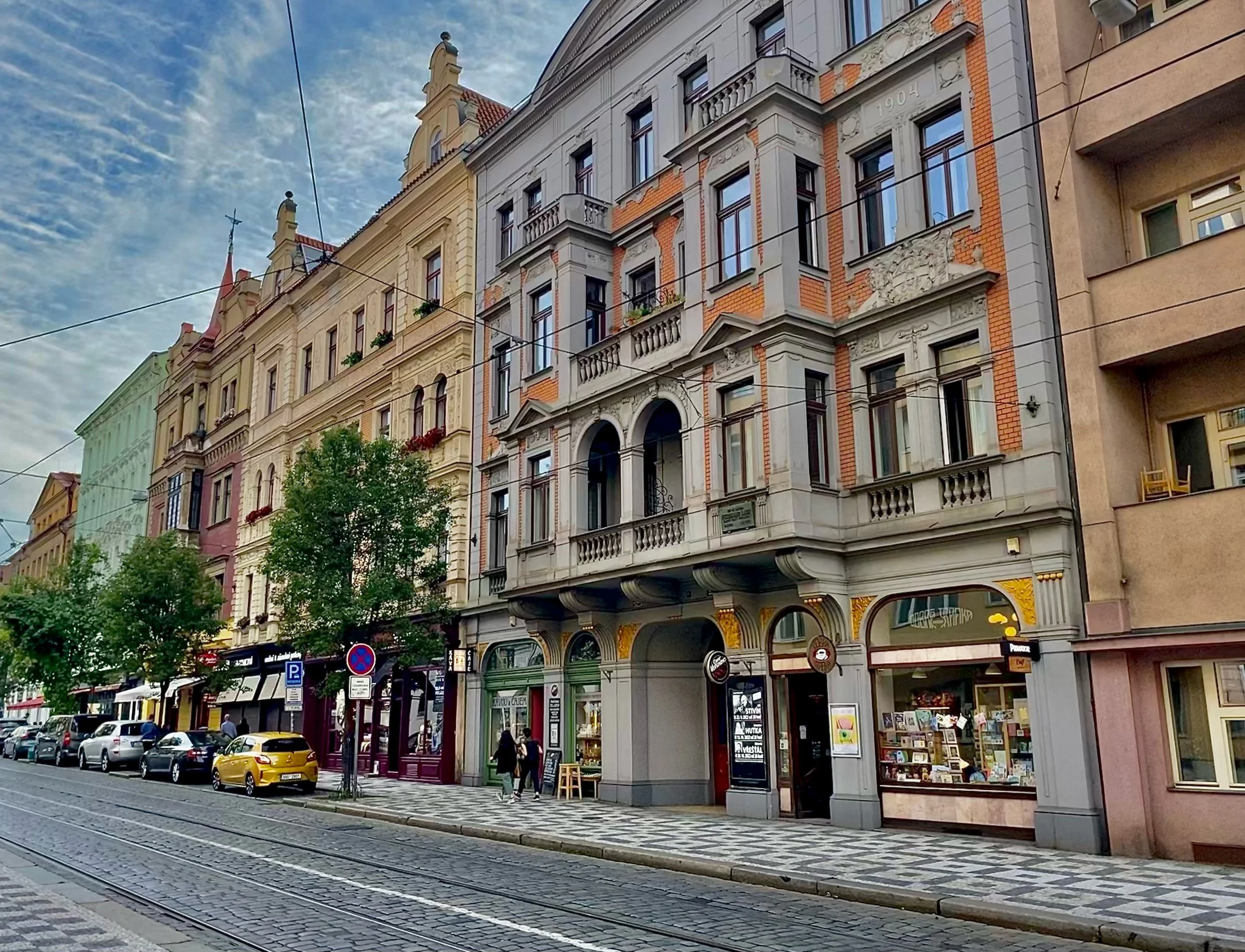Go Foraging in Prague
A Delightful OLD TOWN BURDENED BY TOURISM
The capital and largest city of the Czech Republic, Prague is one of the most visited cities in Europe - outperforming its relatively small size (1.3 million). This is probably because the city was mostly spared during WW2, leaving it with one the best preserved and varied collections of architectures in the world and one of Europe’s most stunning old towns. The result is over-tourism - an old town bristling with tourists and little to no preserved local economy. You’ll pass cannabis shop after chimney cake shop after small convenience store selling beer. A bit like Tallinn, some core parts of historical Prague feel more like amusement parks than places where people actually live. Or, movie sets - as these sections in Prague are commonly used for.
Setting aside the tourism, Prague is gorgeous. It’s the kind of city where any given building is so beautiful that it could make the to-do list in a smaller city - but in Prague it is just ordinary. You never quite know where to look - but the overall result is breathtaking.
What I found most interesting is that foraging for food is legal in Prague (and the Czech Republic generally). As you wander about the city, you can find mushrooms, apples, pears, nuts, and other goodies if you’re on the lookout. At one point in a park, I saw what I believe was an unhoused man eating his way through a bag of apples he had just picked, looking to be in absolute bliss. It made me sad to see it and remember how far we are from directly getting and experiencing our food from the earth, while simultaneously hopeful that a path to that connection clearly exists even within major cities.
STROLL OLD TOWN
Even though it’s a tourist trap, it is well worth exploring Prague’s Old Town, including the Old Town Square and Josefov (the Jewish quarter). The area is stunning, stately, ornate, and palatial - one of Europe’s most charming historical districts. I’d budget a few hours to wander around and temper expectations - that this isn’t an area to shop and eat, but a place to experience like a park and let your imagination run wild.
In the middle of Old Town Square is an eclectic astronomical clock that has an interesting chime every hour - one that includes a puppet skeleton ringing a bell and a rotation of wooden men peaking out the windows. It’s definitely kitschy - and in its own way charming, making it worth trying to be around the square on the hour.
EXPLORE THE LESSER TOWN
From Old Town, you’ll want to cross Charle’s Bridge - one of Prague’s iconic sites and a footpath full of craft shops and street performers. That will take you to the Lesser Town (Mala Strana), Hradcany, and Petrin Hill. This area boasts similarly ornate, palatial architecture - but also maintains a local economy, so you’ll be able to get a taste of slightly more authentic Czech.
Here, you can make your way up to the Prague Castle Complex, including the palace itself, gardens that are free to roam, St. Vitus Cathedral (which has the royal jewels), and Golden Lane (a string of small colorful houses that, legend has it, used to be home to many alchemists). As you leave the complex, you can walk down through Hradcany, where you can get some beautiful hilltop views of Prague.
In Mala Strana, you can go to Church of Our Lady Victorious - a renaissance era church with a famous sculpture of baby Chester’s (The Infant baby Jesus) and Waldstein Garden. From there, you can hike up Petrin Hill - which offers some of the easiest foraging in the city and panoramic views of the city.
OTHER THINGS TO DO
If you’ve checked out both sides of the river and have more time, here are some more things you can do in Prague:
Head to a Museum: Prague is a city of small museums and you’ll bump into them everywhere. The one that was most memorable that I bumped across was the Museum of Torture (though I didn’t go in). Whatever you’re interested in, I’m sure you’ll bump into a museum about it.
Walk through new Town: New Town is beautiful nearly on the same scale as Old Town, but it bustles with locals and interesting local shops. Wenceslas Square is the most famous architectural site in New Town, but I think you’ll want to head to Nusle or Florenc to explore the local economy better.
Enjoy the views from Vysehrad: South of New Town, you’ll find a castle and Basilica on a hill with panoramic views of the river and Lesser Town. It was one of the quieter, more beautiful sections of the city that I explored - and was glad I hit it.
Overall, I think Prague is a city that you can explore organically - just walking around and letting it reveal itself. Outside of Old Town, I don’t think anything in the city is so extraordinary that you can’t miss it - so I would just enjoy whatever you happen to explore.

